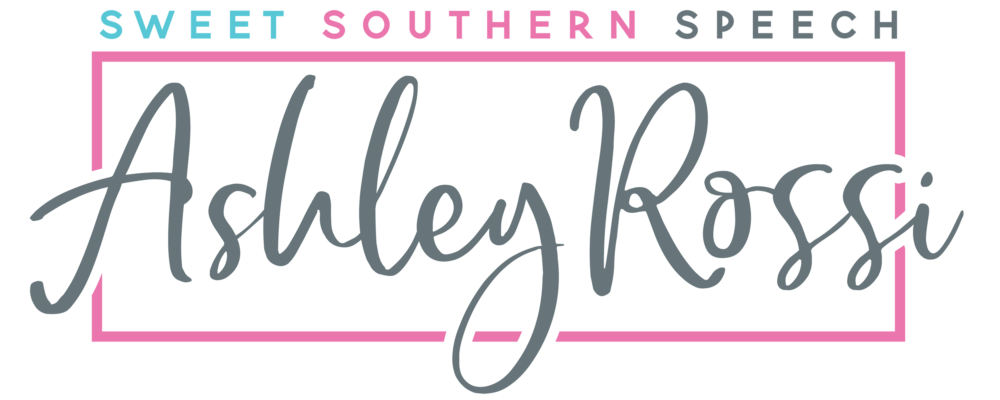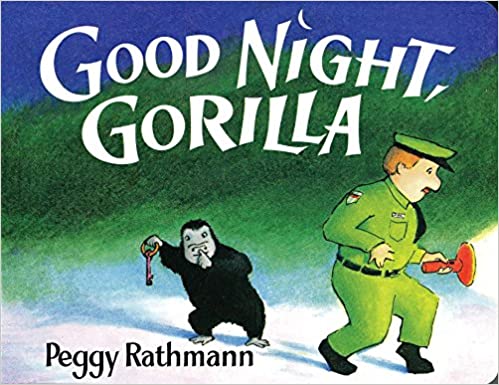Good night, Gorilla.
Good night, Elephant.
It’s bedtime at the zoo, and all the animals are going to sleep. Or are they? Who’s that short, furry guy with the key in his hand and the mischievous grin?
Good night, Giraffe.
Good night, Hyena.
This fun, wordless zoo-themed early childhood book can be used in speech therapy to notice sequencing and predicting. With its repetitive text, it can be great for increasing MLU and engaging young readers. It is also great for targeting /g/, /z/, /l/, /n/, and many more! Discover more of the speech and language teaching concepts for using Good Night, Gorilla in speech therapy below:



